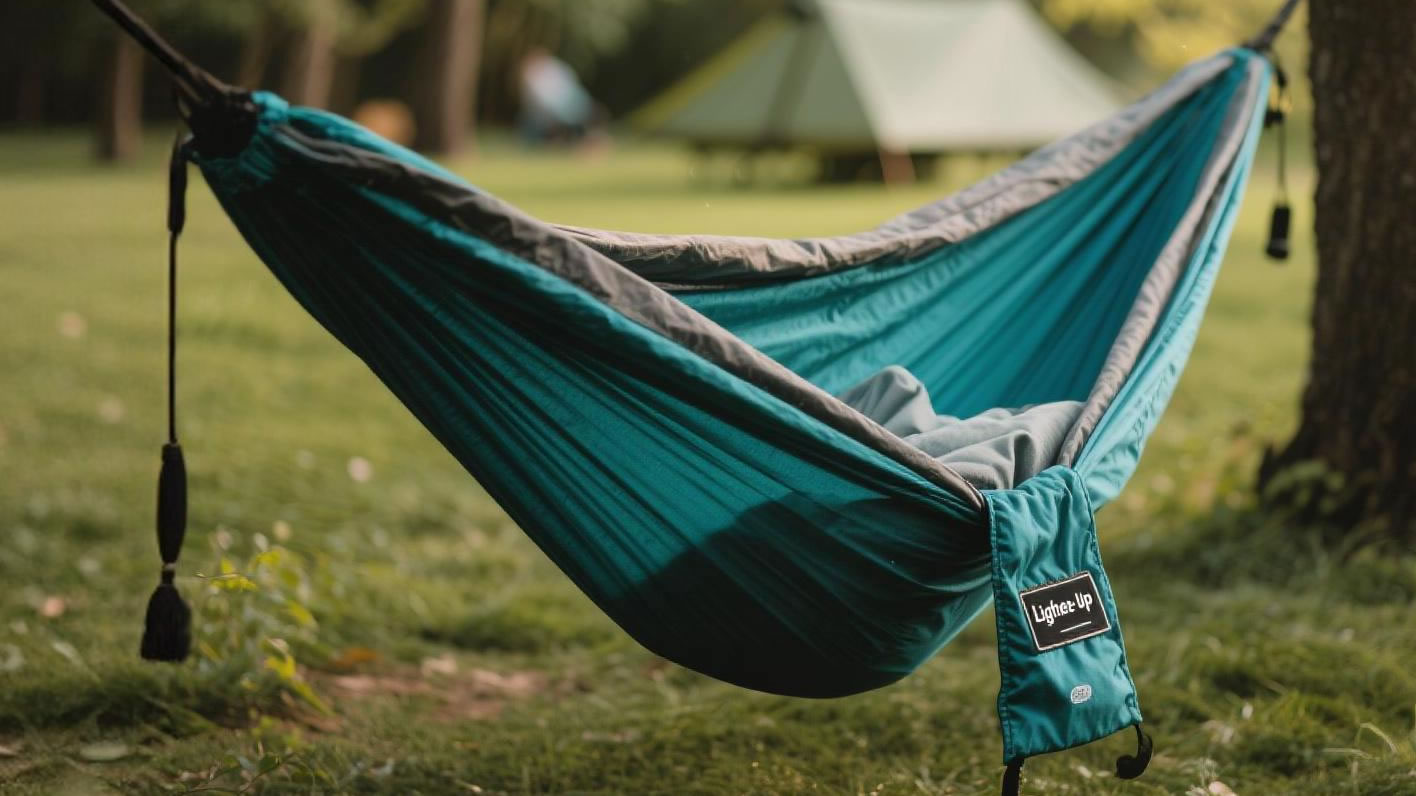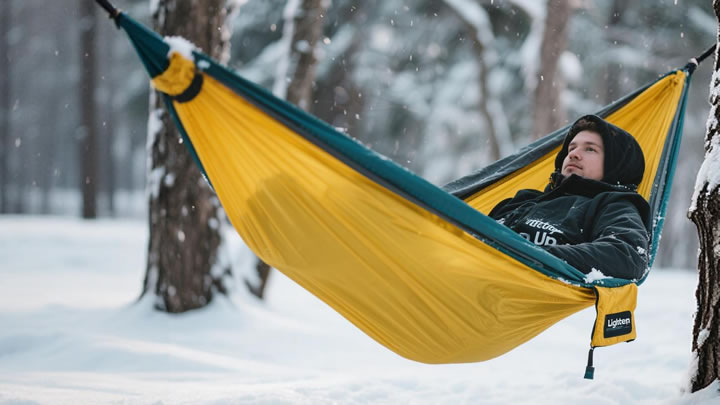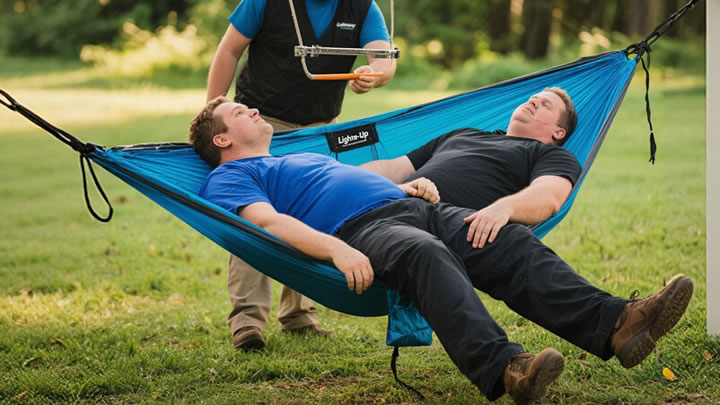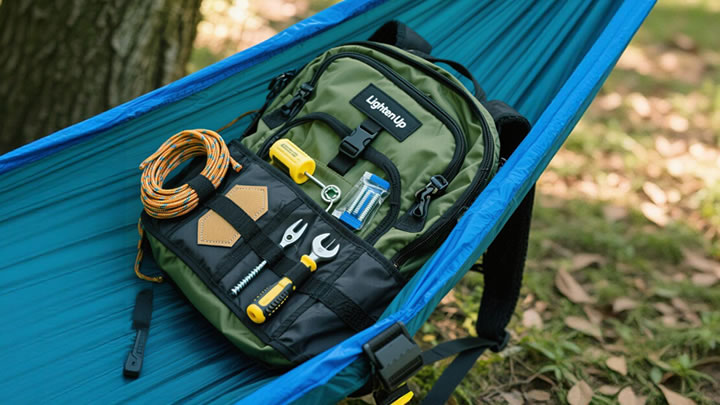How to plan a hiking trip for the first time?
Planning your first hiking adventure can feel overwhelming, but with the right preparation, you'll set yourself up for a safe and enjoyable experience. This comprehensive guide walks you through everything from choosing your trail to packing the essentials—perfect for first-time hikers.

Step 1: Choose the Right Trail
Consider Your Fitness Level
- Start with short, well-marked trails (3-5 miles round trip).
- Look for moderate elevation gain (<1,000 ft) to avoid overexertion.
Research Trail Conditions
- Check recent reviews on apps like AllTrails or Hiking Project.
- Avoid trails with hazards like river crossings or loose rocks if you're a beginner.
Popular Beginner-Friendly Hikes (U.S.)
- Hidden Valley Trail (Joshua Tree, CA) – Easy 1-mile loop with scenic views.
- Acadia’s Ocean Path (Maine) – Flat 4.4-mile coastal walk.
- Great Smoky Mountains’ Laurel Falls (TN/NC) – Paved 2.6-mile waterfall hike.
Step 2: Check Weather & Permits
Weather Preparedness
- Avoid hiking in extreme heat, thunderstorms, or icy conditions.
- Dress in layers—moisture-wicking base, insulating mid, and waterproof outer shell.
Permits & Regulations
- Some parks (e.g., Yosemite, Zion) require permits for popular trails.
- Check park websites or Recreation.gov for rules on dogs, camping, and fires.
Step 3: Pack the 10 Hiking Essentials
Never hit the trail without these:
- Navigation – Map, compass, or GPS (don’t rely only on phone service).
- Hydration – 2+ liters of water + electrolyte tablets.
- Nutrition – High-energy snacks (nuts, bars, jerky).
- First-Aid Kit – Bandages, antiseptic, blister treatment.
- Sun Protection – SPF 30+, sunglasses, hat.
- Insulation – Extra layers (fleece, rain jacket).
- Lighting – Headlamp with extra batteries.
- Fire Starter – Lighter, waterproof matches.
- Repair Kit – Duct tape, multitool.
- Emergency Shelter – Lightweight bivy or space blanket.
Pro Tip: Use a checklist app like REI’s Packing List to avoid forgetting anything.
Step 4: Wear the Right Gear
- Footwear – Trail runners or hiking boots with ankle support.
- Socks – Merino wool to prevent blisters.
- Clothing – Avoid cotton (retains sweat); opt for quick-dry fabrics.
- Backpack – 20-30L daypack with a hip belt for comfort.
Step 5: Safety & Etiquette Tips
✅ Tell Someone Your Plan – Share your route and expected return time.
✅ Hike Early – Start by 8 AM to avoid crowds and afternoon storms.
✅ Leave No Trace – Pack out trash, stay on trails, respect wildlife.
✅ Turn Back If Needed – Don’t push beyond your limits.
Final Thoughts
With this guide, you’re ready to tackle your first hike confidently! Start small, prepare well, and most importantly—enjoy the journey.
Need Trail Recommendations? Comment below with your location, and we’ll suggest perfect beginner hikes!






